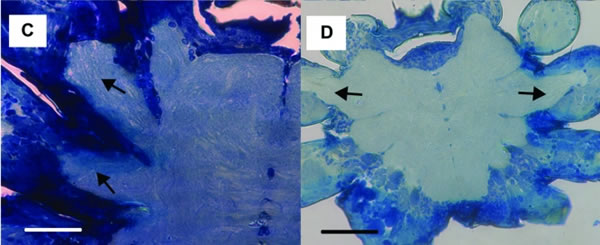Friday, 8 February 2013
Thursday, 7 February 2013
Weird A-Z. R is for The Rime of the Ancient Mariner
Weird A-Z. R is for The Rime of the Ancient Mariner
Coleridge's 1798 poem recalls a ship's crew dying after falling under a curse when one of their number kills an albatross. The privateer Simon Hatley shot a black albatross on Captain George Shelvocke's passage around Cape Horn in 1719, and Coleridge's tale is based on that incident.
When the frigate Speedwell was beset by storms near Cape Horn, Hatley shot a black albatross, fearing that it was a bird of ill omen and hoping that the ship would have better winds once the bird was gone. Hatley was captured off the Peru coast near Paita, taken slightly wounded to Lima in chains, where he remained at least a year. On his return to England, Captain Shelvocke published an account 'A Voyage Round The World By Way Of The Great South Sea' (1726), and mentioned Hatley's act: 'We all observed that we had not the sight of one fish of any kind, since we were come to the Southward of the straights of Le Mair, nor one sea-bird, except a disconsolate black Albatross, who accompanied us for several days, till Hattley, (my second Captain) observing, in one of his melancholy fits, that this bird was always hovering near us, imagin'd from his colour, that it might be some ill omen. He, after some fruitless attempts, at length, shot the Albatross, not doubting we should have a fair wind after it.'
Hatley's experiences after killing the bird meant that it became superstitiously regarded as ill-luck to kill an albatross.
Wednesday, 6 February 2013
Tuesday, 5 February 2013
Monday, 4 February 2013
Subscribe to:
Posts (Atom)





























